With cloned steaks hitting supermarket shelves, cloning is gaining momentum as a major (ahem) cash cow. Scientists have been effectively cloning animals since the early 1960s, when a Chinese embryologist cloned an Asian carp. It’s just a matter of time until cloned humans start emerging from test tubes; meanwhile, we natural-borns are just starting to chow down on cloned meat (which the USDA does not require producers to label). Below is a rundown of 20 animals that scientists have successfully cloned:
1. Carp
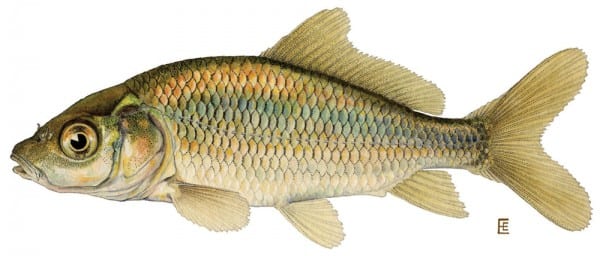
(Featured above: A common carp, as-yet-uncloned)
An Asian carp was cloned successfully in 1963; ten years later, scientist Tong Dizhou also cloned a European crucian carp.
2. Dolly the Sheep
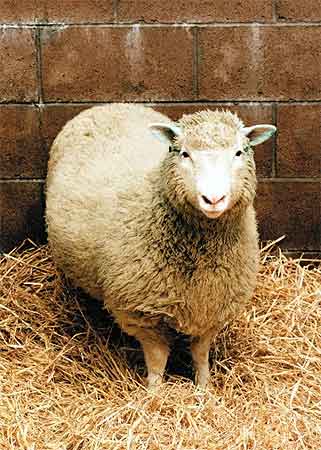
Dolly saw the light of day in 1996. She lived until the age of six. The first cloned mammal, Dolly is considered to be a great success. Later, several hundred other Dollies were cloned.
3. Cumulina the Mouse
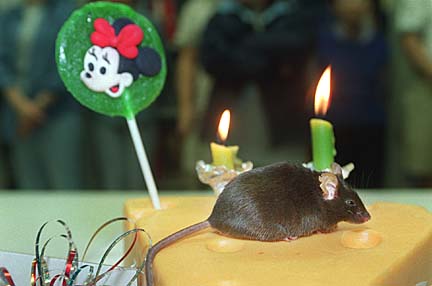
Cloned in Hawa’ii in 2000, Cumulina was the first successful mouse clone. She lived until the ripe old age of two years and seven months, a victory for her researchers.
4. Noto and Kaga (Cows)
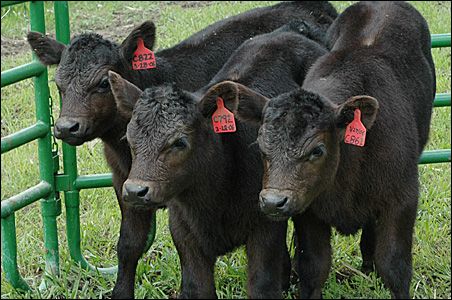
These cows were cloned in 1998 and duplicated several thousand times. Made in Japan, the cows pave the way for other clones engineered to produce better meat and milk.
5. Mira the Goat

Also cloned in 1998, Mira and her sisters came from a US lab as predecessors for livestock engineered to contain pharmaceutical products beneficial for humans.
6. A Family of Pigs: Millie, Alexis, Christa, Dotcom, and Carrel
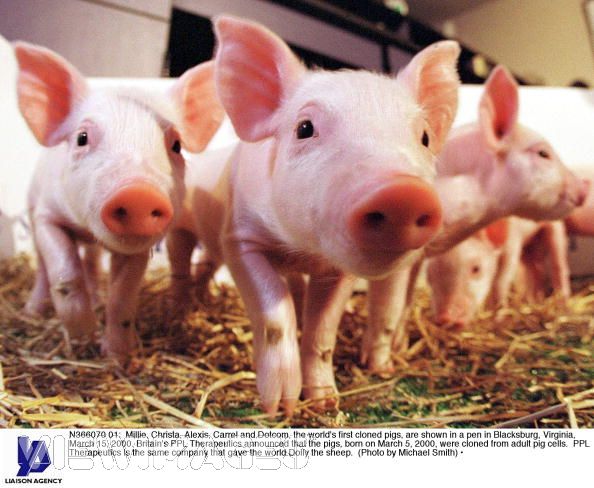
Labs intend to modify pigs so that they can grow cells and organs that humans can use. Millie and her sisters (if you can call them that) were cloned in 2000 by a US-based company.
7. Ombretta the Mouflon
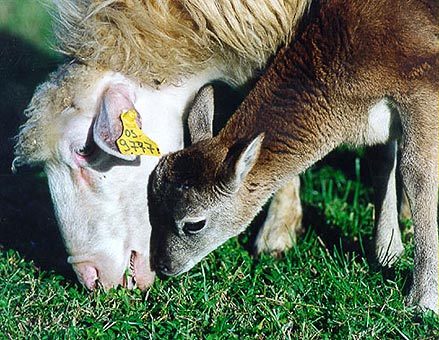
The successful cloning of this endangered animal (2000) exemplifies how cloning can rescue a species from the brink of extinction.
8. Tetra the Rhesus Monkey
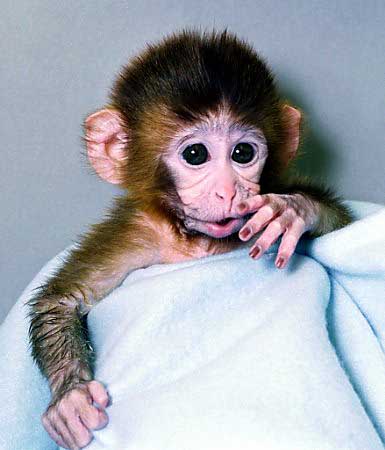
The lab monkey world received its first clone in 2000. US-based Tetra is the first in a series of cloned monkeys that scientists could use as test subjects to learn more about diseases like diabetes.
9. Noah the Gaur

A gaur is an Asian wild ox whose numbers are dwindling. Cloned in 2001, Noah only lived for two days before dying of dysentery.
10. Rabbit
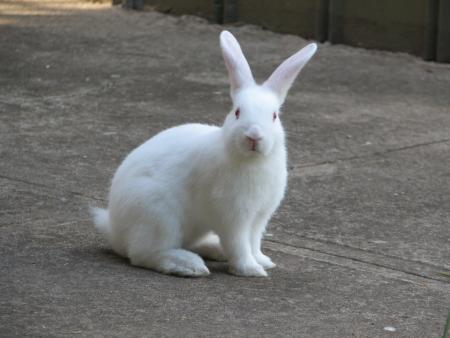
Cloned in 2001, a white rabbit like the one featured above–and its 30 clones–wasn’t given a cute name.
11. Copy Cat (CC)
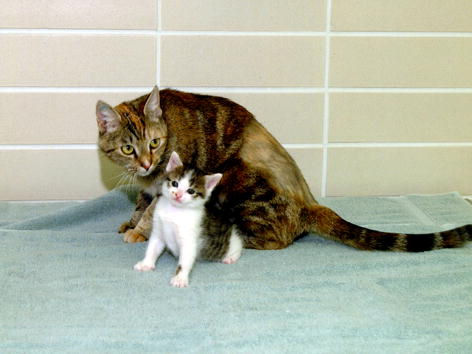
This cat, cloned in 2001, was the starting gun for a pet-cloning process that may eventually become an industry.
12. Ralph the Rat

Cloned in 2002, Ralph eventually came out of the womb 15 separate times (his clones, that is). Though rats like Ralph may eventually be used in labs, cross your fingers that his ilk won’t find their way into New York sewers.
13. Idaho Gem

Mules are sterile–unless you clone them, as proven by Idaho Gem, the pride of a 2003 American research team.
14. Prometea the Horse
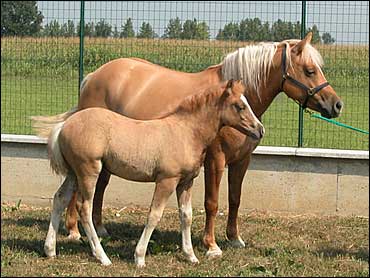
An Italian team produced Prometea in 2003. They hoped to produce more Italian stallions, but their attempts failed. Prometea birthed her own in 2008. Racehorses could come in the future.
15. Ditteaux the African Wildcat
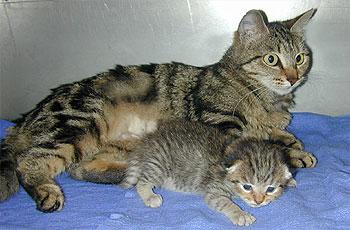
Although African wildcats aren’t endangered, US scientists cloned one in 2003 as a sort of template for cloning other, more vulnerable animals.
16. Dewey the Deer
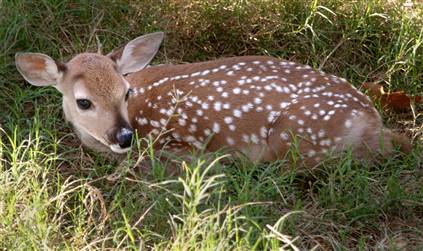
This white tail, cloned at Texas A&M University in 2003, is one of those clones lacking a solid premise. His ilk are some of the most abundant game in North America; still, scientists say clones could be used to research deer genes and produce better deer stock for hunters. As importantly, they managed to clone a deer before anyone else could do it.
17. Libby and Lilly, Ferrets
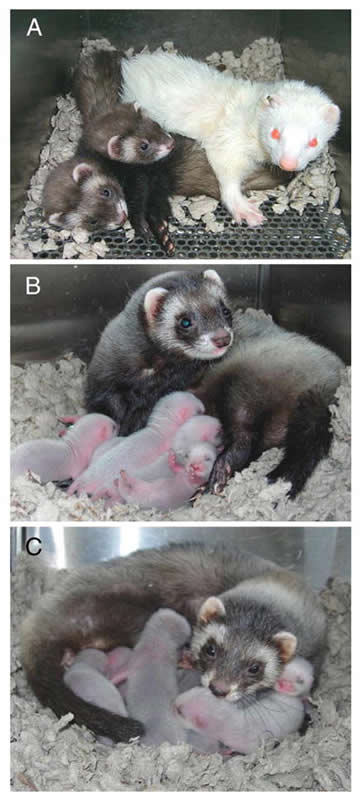
These ferrets, cloned in 2004, almost beg another “why the heck did you do that?” It turns out that ferrets are very useful for studying human respiratory diseases, and some types are endangered.
18. Buffalo
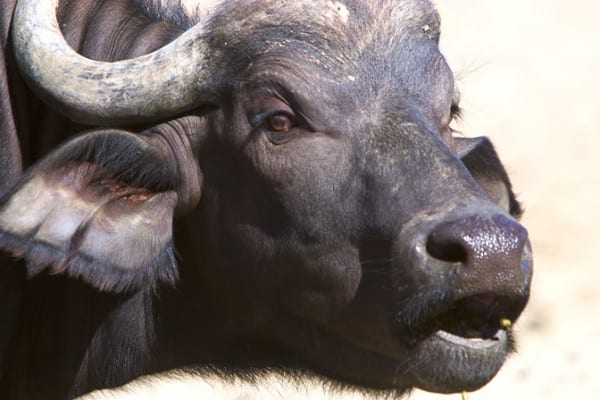
This cloned Murrah buffalo from India could eventually become a high-volume milk source.
19. Snuppy the Dog
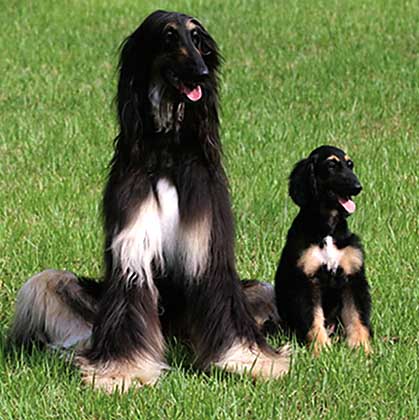
South Korean scientists accomplished the notoriously challenging task of cloning a dog in 2005. Snuppy’s predecessors could be used to study human diseases.
20. Wolves: Snuwolf and Snuwolffy
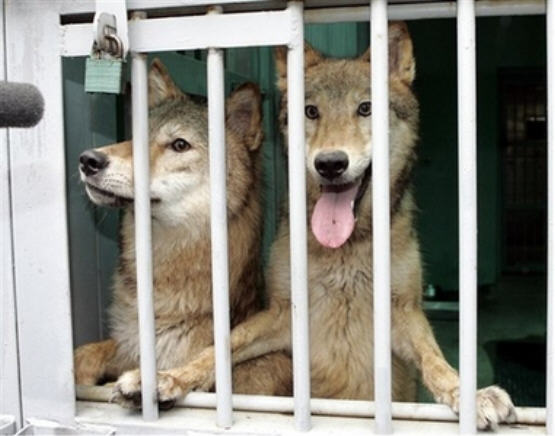
Seoul National University (SNU) hit the canine cloning jackpot again with these two gray wolves as precursors for eventual conservation projects in 2005.
